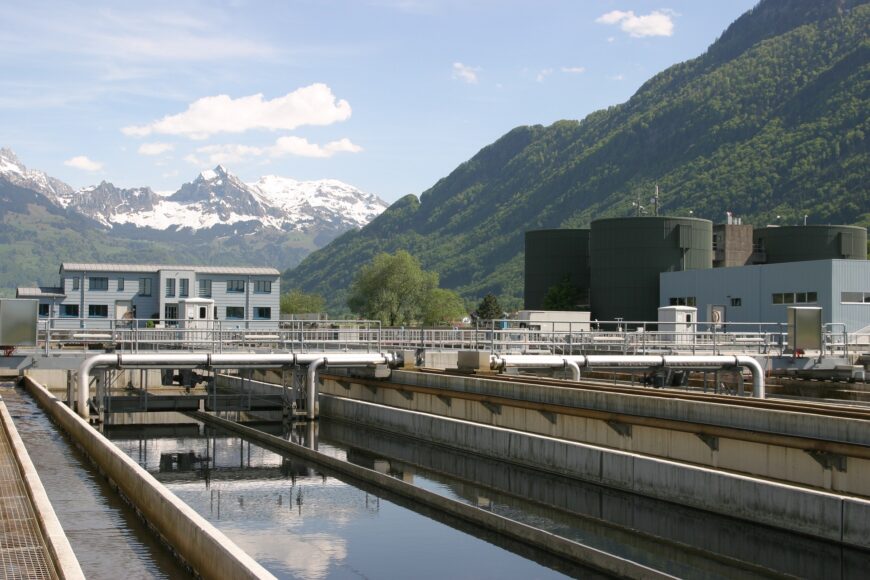
Volatile Organic Compounds (VOCs) are a group of organic chemicals that exhibit a high vapor pressure at room temperature, meaning they can quickly evaporate into the surrounding air. They originate from numerous sources, including natural emissions and various human activities – even though there are well-documented health concerns associated with VOC exposure. This article dives into the origins and effects of VOC gas on the environment and on human health.
Unravelling the Origins of VOC Gas
VOCs originate from a wide range of sources, both natural and anthropogenic. Some natural sources of VOCs include emissions from plants and trees, while human-made sources encompass a diverse array of products and industries:
- Building materials: Many construction materials like paints, adhesives, and varnishes release VOCs into the indoor air.
- Household products: Cleaning agents, air fresheners, and cosmetics are common sources of VOCs in the home.
- Office equipment: Printers, photocopiers, and computers can emit VOCs during operation.
- Industrial processes: The oil and gas sector, dry cleaning industry, and manufacturing plants all contribute to VOC emissions.
VOCs and Environmental Impact
VOC gas plays a significant role in air pollution and can contribute to ground-level ozone and smog formation. The presence of VOCs in the atmosphere can also lead to long-term climate change through their influence on greenhouse gas concentrations. The release of VOCs into water bodies can result in water pollution, impacting aquatic life and the overall health of ecosystems.
Health Risks Associated with Exposure to VOCs
Exposure to VOCs can lead to both short-term and long-term health effects. Short-term exposure may cause eye, nose, and throat irritation, headaches, dizziness, and allergic reactions. Long-term exposure to VOCs can increase the risk of chronic respiratory issues, liver and kidney damage, and even cancer. Ensuring proper ventilation and minimizing the use of VOC-containing products can help reduce these risks.
Reducing VOC Emissions in Industrial Processes
Incorporating innovative technology and practices can help industries reduce VOC emissions. Some potential methods include:
- Analytical chemistry: Employing advanced techniques to measure and monitor VOC concentration during manufacturing can help optimize and control emissions.
- Material substitution: Replacing high-VOC content materials with low-VOC or VOC-free alternatives can significantly decrease emissions.
- Process optimization: Improving production methods and incorporating more efficient equipment can reduce VOC emissions.
Environics: Revolutionizing VOC Monitoring and Control
Environics, a world leader in computerized gas flow instrumentation, offers advanced gas dilution systems explicitly designed for VOC monitoring programs. Our Environics® Series 4040 VOC Gas Dilution System provides superior accuracy and precision, exceeding EPA requirements for Ambient Calibrators.
By employing NIST traceable mass flow controllers and high-quality materials, our gas dilution system enables the creation of dynamic calibration curves and standard solutions, ensuring accurate VOC measurements. The user-friendly interface, featuring a Microsoft® Windows application, allows seamless integration into existing workflows.
Investing in our advanced technology helps industries maintain compliance with environmental regulations and contributes to reducing VOC emissions and their impact on the environment and human health.
Take Action with Environics
Are you ready to elevate your VOC monitoring program and contribute to a cleaner environment? Discover the Environics® Series 4040 VOC Gas Dilution System today and revolutionize how you manage and control VOC emissions. For more technical information, visit our Technical Documents section, and explore the wealth of articles and CFRs pertinent to our technologies. Join the forefront of environmental responsibility and precision with Environics – your partner in achieving a cleaner, healthier world. Contact us today to learn more about our state-of-the-art gas dilution systems and how they can transform your VOC monitoring processes.

